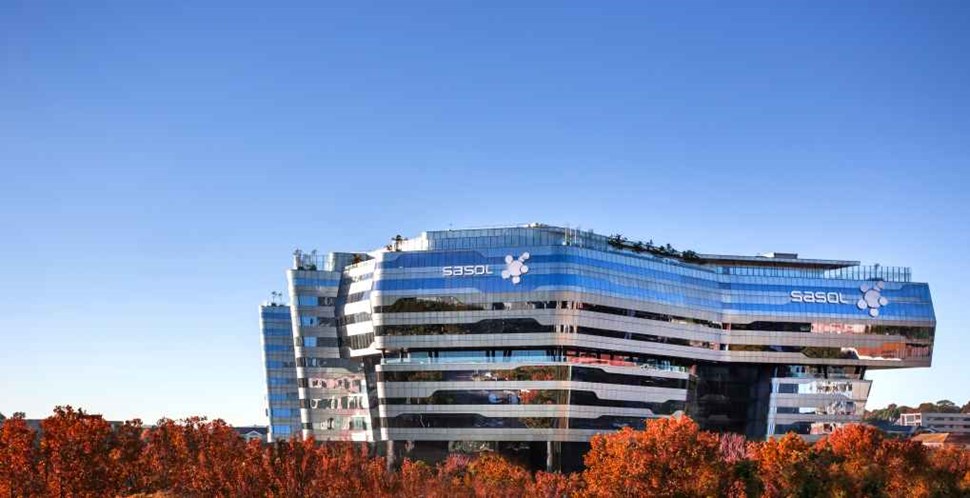Company Overview
- Sasol (SOL) is a global integrated chemicals and energy company operating in 30 countries.
- It was founded in 1950 in Sasolburg, South Africa and is listed on the Johannesburg Stock Exchange (JSE) as well as on the New York Stock Exchange (NYSE).
- Its main operations are based in Southern Africa, the US, Europe, Asia, the Middle East, and the rest of Africa.
- The company specializes in using advance technologies to safely and sustainably source, manufacture and market chemical and energy products globally.
- Its vast range of product streams includes liquid fuels, high-value chemicals, and low-carbon electricity.
- Sasol also uses coal, crude oil, and natural gas to produce synthetic fuels.
- In 2020, the company faced challenges that were unparalleled in its 70-year history, due to the Coronavirus outbreak. To deal with them, Sasol decided to streamline its previously complex and broad portfolio to a leaner and market-focused business which should evolve the company into a lower-risk group with lower-carbon intensity.
Key Investment Drivers
- Distinct Market Focus: Sasol is the biggest chemicals and energy business in South Africa, which gives it a significant competitive advantage over its peer group listed on the JSE.
- Sasol 2.0: Following Sasol’s massive investment into the Lake Charles Chemicals Project (LCCP) and the cost overruns related to it, the company’s balance sheet was left stretched with high debt levels. The vulnerability of its balance sheet was exacerbated by the oil price crash caused by the COVID-19 outbreak. As such, the company has embarked on a “Sasol 2.0” transformation programme, aimed at improving its profitability and to grow it into a more resilient business. The new Sasol 2.0 2025 targets include:
- 5-10% growth in gross margin
- Lower the net debt ratio (ND:EBITDA) from 4x to 1.5x
- 15-20% cut to cash fixed costs
- 30% reduction in capital expenditure
- 1% cut in working capital to 14%
The amendments should enable Sasol to break-even at an oil price of $30-35/bbl compared to $35-45/bbl previously and improve its free cash flow.
- Geographic Diversification: Sasol operates in 30 countries across 4 continents, which gives it an advantage over peers that operate with less-diversified portfolios or in single-economic regions.
- Low-Cost Feedstock: Sasol uses coal from its own mines for its Gas-to-Liquids (GTL) and gas operations, which gives it a low operating cost advantage within the chemicals and energy space.
- Product and Earnings Diversity: Sasol has a wide range of products which it sells to the market, lowering the risk of earnings volatility when compared with its peers.
- Unique Technology: Though Sasol has two distinct businesses, it has multiple integrated value chains which benefit from its advance technologies to create a broad range of products. This advantage positions the company competitively in the market.
Key Risks
- The transition to a low carbon/emissions future presents a big risk for fossil fuel companies such as Sasol, given the carbon and emission intensity of its operations.
- Negative oil and chemical price moves present a downside risk to Sasol’s future earnings.
- Eight new US ethane crackers came on stream around the same time the LCCP was being constructed, which poses the risk of an oversupplied market when economic activity normalises post COVID-19.
- High level of balance sheet debt.
- Foreign exchange moves which could result in depressed future earnings.

